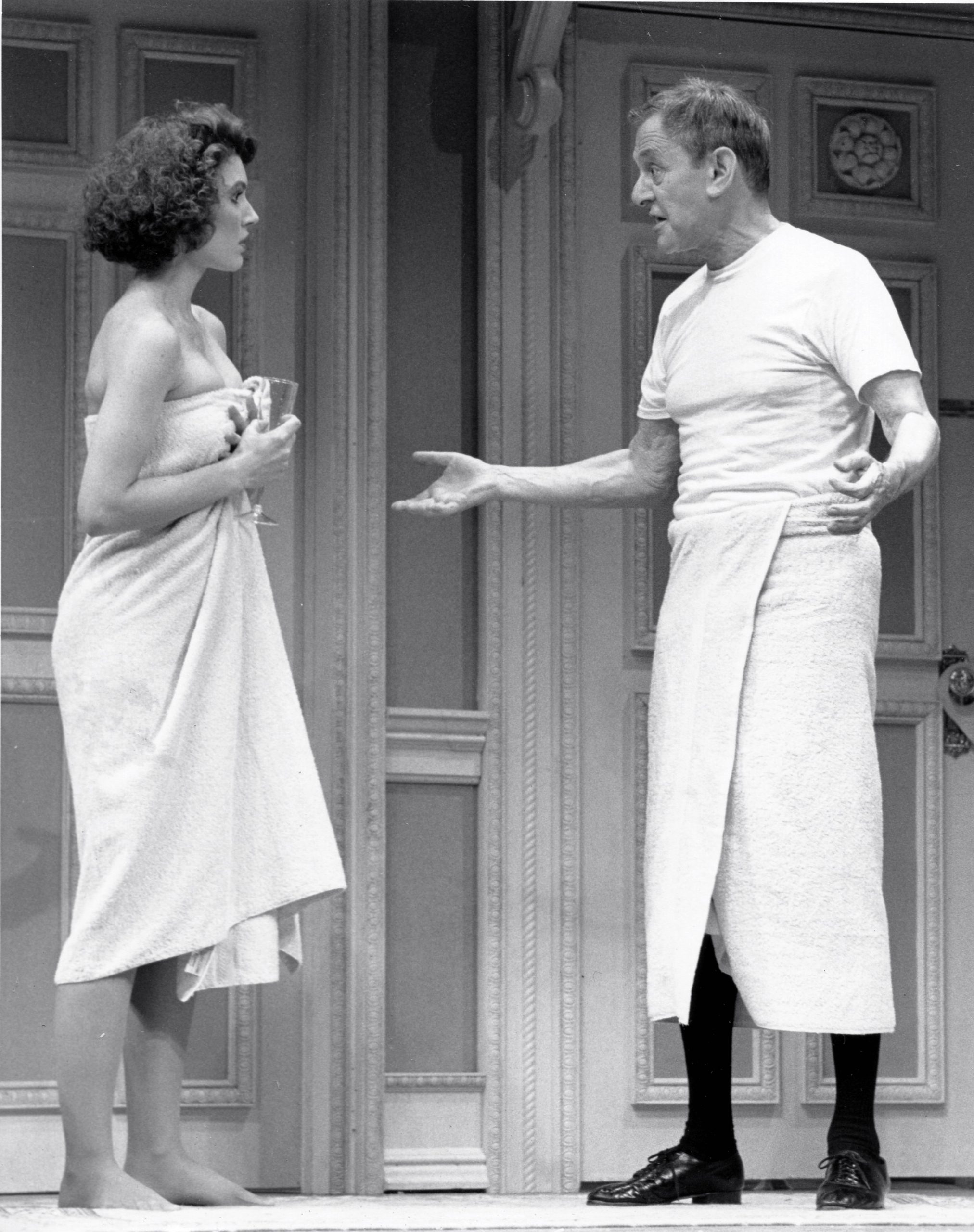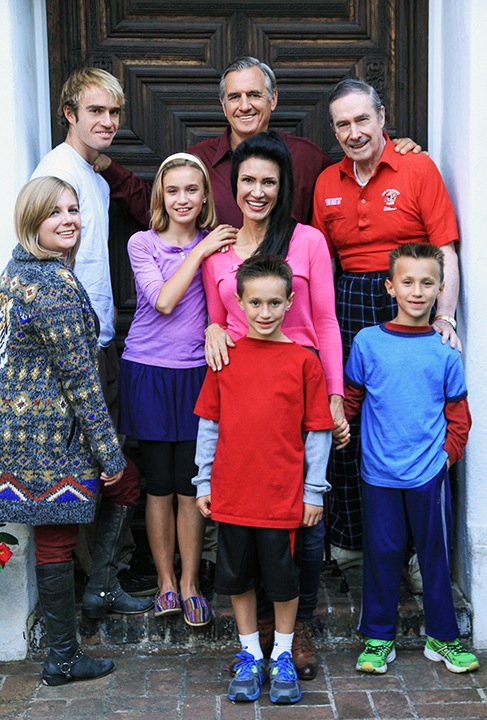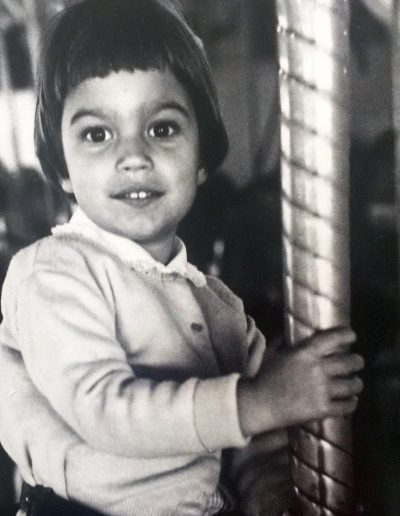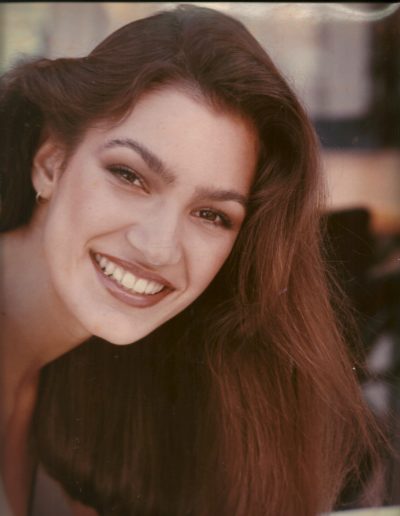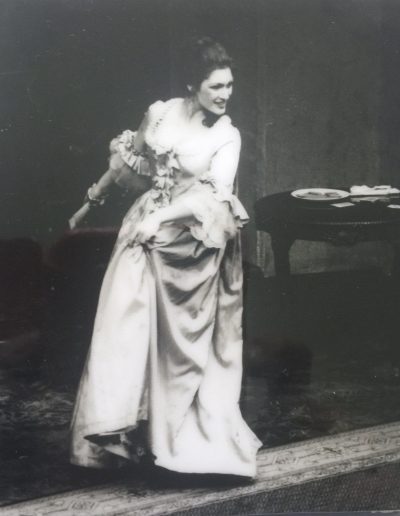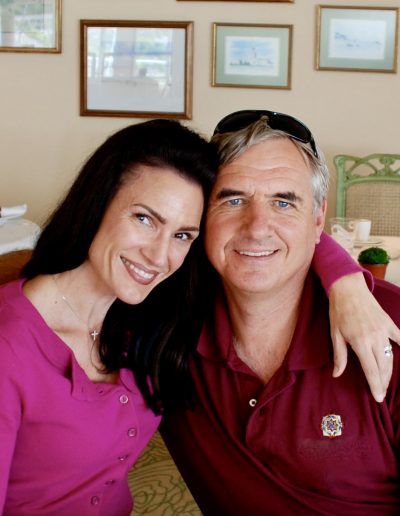Pamela Dillman
Award Winning Actor And Narrator
Are you as avid an audiobook fan as I am? I have been listening to read-aloud books all my life. One of my first experiences of a great reading was in childhood, with my mother’s still (for me) unsurpassed one chapter-per-night rendition of Enid Blyton’s THE LAND OF FAR BEYOND. I couldn’t wait for every new installment. And my dad’s annual reading of the THE NIGHT BEFORE CHRISTMAS storybook on Christmas Eve was more thrilling than all the gifts under the tree. Naturally, when books began to be recorded for commuters and home listeners — around the late ‘70’s, this was — I was an instant fan. I have been listening ever since. And when my acting background opened a door to becoming a narrator, I knew I’d found my “true north. ”
I recently heard Stephen King in a recorded interview appended on his author-read BAG OF BONES (one of my favorites of his books), and he said something that I think really nails why listening to the written word can be so powerful: “There’s a dimension available in audio — in any kind of oral reading — that isn’t there when you read to yourself. Reading to yourself is like skating,” King said. “You slide along the surface, sometimes you skip words. If the story is a really compelling one, you have a kind of tendency to almost dance along, so that you’re missing some of the nuance that’s there. I sometimes think when critics come down hard on popular fiction, it’s because they’re not really tasting; they’re just swallowing whole to get the story. But when something is read aloud to you, you’re forced to go at the speed of the person who’s reading. You can never peek ahead to see what’s going to happen and you get every word and you get all those nuances. … There’s a little practice involved, to really learn how to listen, as well as how to perform [an audiobook]. But it’s definitely worth it.”
And that just about says it all, doesn’t it? It highlights, too, the importance of the narrator. Back in the early days of audiobook recordings, the narration style was quite different in approach than it is in today’s recordings. Narrators were most often directed to be neutral deliverers of the story, keeping an omniscient point of view and an independent aspect to the speaker tags — unless the book was clearly first-person. Suggesting character differentiations, yes, but not being too performative or interpretive. Now, entire collegiate courses are dedicated to the art of audiobook reading and the importance of narrator POV and dialects and character approach and empathetic speaker tags. Also, listeners are more sophisticated and have come to expect more than just a nice-sounding voice with whom to spend all those listening hours.
In short — I hope you love audiobooks. And that’s why I want to use this site to promote industry news in general. And please feel free to contact me with any questions you have about the industry and a career in audiobooks. I’d love to connect to you to the people who have been important mentors and teachers of mine in this wonderful realm of the literary world.
With gratitude, Pamela
My Story
My father was a prolific actor, beginning with the historic Broadway premiere of Eugene O’Neill’s posthumous “Long Day’s Journey Into Night” in which he starred as Edmund; and later as a contract player with Twentieth-Century Fox (winning a Golden Globe for his work with Orson Welles and Dean Stockwell in COMPULSION) and moving on to a decades-long television and film career. With his hesitant blessing, I left home after graduating from Santa Barbara High School to attend the Royal Academy of Dramatic Art in London. I was the only American in my term, that year of 1977. What an incredible experience it was for a California girl, to be plunged into fencing classes and Restoration Comedy and dialect work and vocal production — all while trying to keep my toes warm on the classroom radiators because I hadn’t even packed a pair of closed-toe shoes for the London winter weather. I loved living and working in the UK and cherish the memories of my years there doing regional theatre all over Great Britain. Eventually I came back to the States in the ‘80’s to start a decade of work in New York on soap operas, and also happily performed in the long-running national tour of Broadway’s “Aren’t We All?” with the legendary Rex Harrison and Claudette Colbert, as well as “Two Into One” with Tony Randall and Millicent Martin — before the latter production closed on its pre-Broadway tour, consequently propelling me back to California to pursue film and television work. At that time, too, I started worked with Playhouse West, led by Robert Carnegie and Jeff Goldblum, and eventually became part of the teaching staff of that great Meisner Method school — in between ‘90’s-era guest roles on such series as “The Nanny,” “Seinfeld,” and “Sabrina, The Teenage Witch.” This is when I started listening to audiobooks as I drove between the San Fernando Valley, Hollywood, and Santa Barbara, never minding the traffic because I was so rapturously engrossed in the recorded versions of books I’d longed to read, or had read years before and wanted a renewed experience of. And I thought … maybe I could do this kind of work. So I started auditioning for audiobook producers and publishers. And in recent years, the audiobook world has exploded. There is just as much interest in the audio edition of a book as in the hard copy. I love both ways of consuming books, personally.
What else? I’m a mom, a community fundraiser, an arts-in-education advocate, and an enthusiastic cook. I work as a literary editor for independent publishers along with my narration work. And I’m delighted to be recording from my home studio much of the time as well as commuting to studios in LA and NY — while listening to my favorite titles and narrators, of course!
